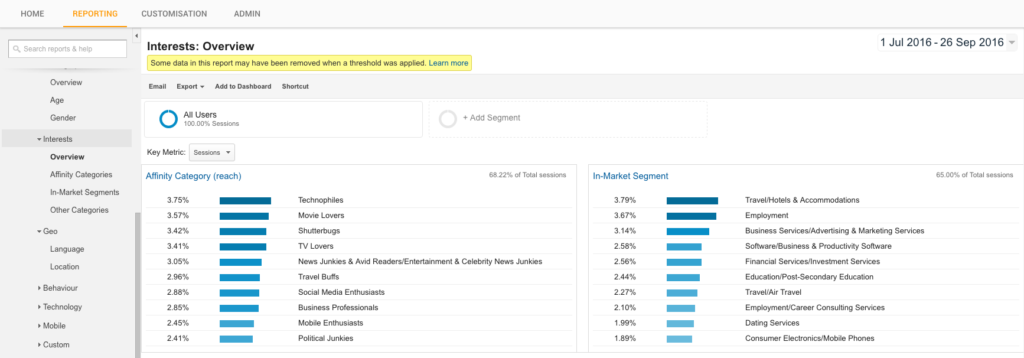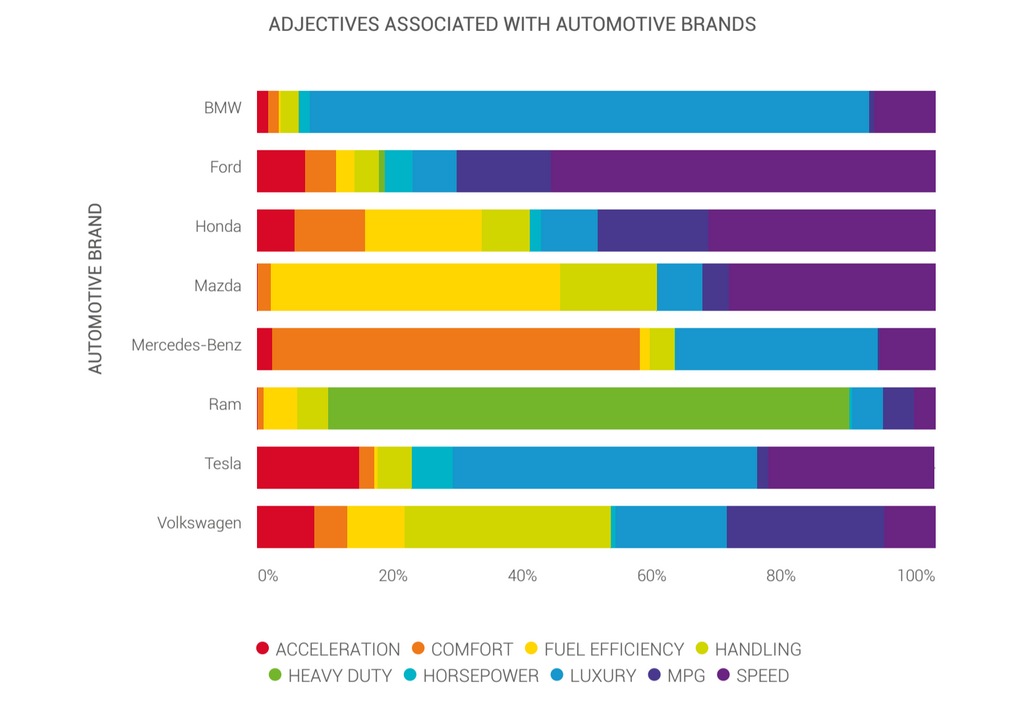Understanding consumer behavior is a broad and complicated task, but with the right research mix you can begin to get a detailed understanding of your customers and their motivations.
What is consumer behavior?
Consumer behavior is the study of individuals and organizations and how they select and use products and services. It is mainly concerned with psychology, motivations, and behavior.
The study of consumer behavior includes:
- How consumers think and feel about different alternatives (brands, products, services, and retailers)
- How consumers reason and select between different alternatives
- The behavior of consumers while researching and shopping
- How consumer behavior is influenced by their environment (peers, culture, media)
- How marketing campaigns can be adapted and improved to more effectively influence the consumer
 These considerations are influenced by three factors:
These considerations are influenced by three factors:
Personal factors – A person’s interests and opinions. These will be affected by demographics such as age, gender, culture, profession, background and so on.
Psychological factors – Everybody’s response to a particular marketing campaign will be based on their perceptions and attitudes. A person’s ability to comprehend information, their perception of their need, their attitude, will all play a part.
Social factors – Peer groups, from family and friends to social media influence. This factor also includes social class, income, and education level.
Collecting consumer behavior data
As the motivations that influence consumer behavior are so wide, a research mix including a variety of data will be the most robust. Some are more cost effective than others.
Customer Reviews – Reading customer reviews can highlight common problems or wishes.
Q&A sites – These sites can give you an idea of the questions and concerns that people have in relation to your brand, service or product.
Surveys – Online surveys can be easily set up with sites like Survey Monkey and allow you to ask specific questions.
Focus groups – Bring a group of consumers together and ask them questions directly.
Keyword research – A mainstay of SEO, keyword research can tell you what consumers are interested in and the relative level of interest. It also helps to reveal the language they are using.
Google Analytics – Analytics can be used to tell you where your traffic is coming from. The Audience tab shows geography, interests, and a range of demographics.
 Competitor analysis – This can provide useful information about consumers that are shopping in your vertical but don’t buy from your brand. Read our post on the top competitor analysis tools.
Competitor analysis – This can provide useful information about consumers that are shopping in your vertical but don’t buy from your brand. Read our post on the top competitor analysis tools.
Blog comments – Comments on your blog can be a good way of discovering any questions your audience might have.
Twitter Insiders – Twitter recently launched Insiders, a 12,000 strong focus group of US & UK Twitter users.
Google trends – Google Trends can help you to understand if a topic is becoming more or less popular.
Government data – Government data is available for free and can help you understand a group, and several other sources can also be accessed without charge.
Social media – Millions of people reflect their lives on social media, so information that can enrich several strands of consumer behavior can be uncovered with the right tools.
Social intelligence and consumer behavior
The broadest thing social can help with is collecting consumer insights, found through social media research, which can take all sorts of forms.
You can ask specific questions, or investigate consumers talking about your brand. It’s also a good idea to go beyond your own brand and listen to consumers talking about your product category in general.
Intent to purchase – You can gain a detailed understanding of the effect that marketing campaigns have on your audience, beyond simple buzz.
Campaign analysis – Understand consumer response to your campaigns or track brand associations and emotional response around them.
 Sentiment analysis – Understand the sentiment about your brand or product, and how that changes in different demographics.
Sentiment analysis – Understand the sentiment about your brand or product, and how that changes in different demographics.
As consumer behavior is about using the product as well as the motivations around buying it in the first place, product reviews and feedback can be useful here, and help with product development.
Intelligent market segmentation – As everyone has different motivations, segmenting consumers into groups is vital to understanding your customers in a nuanced way.



